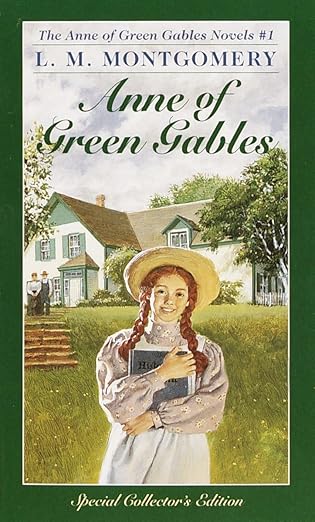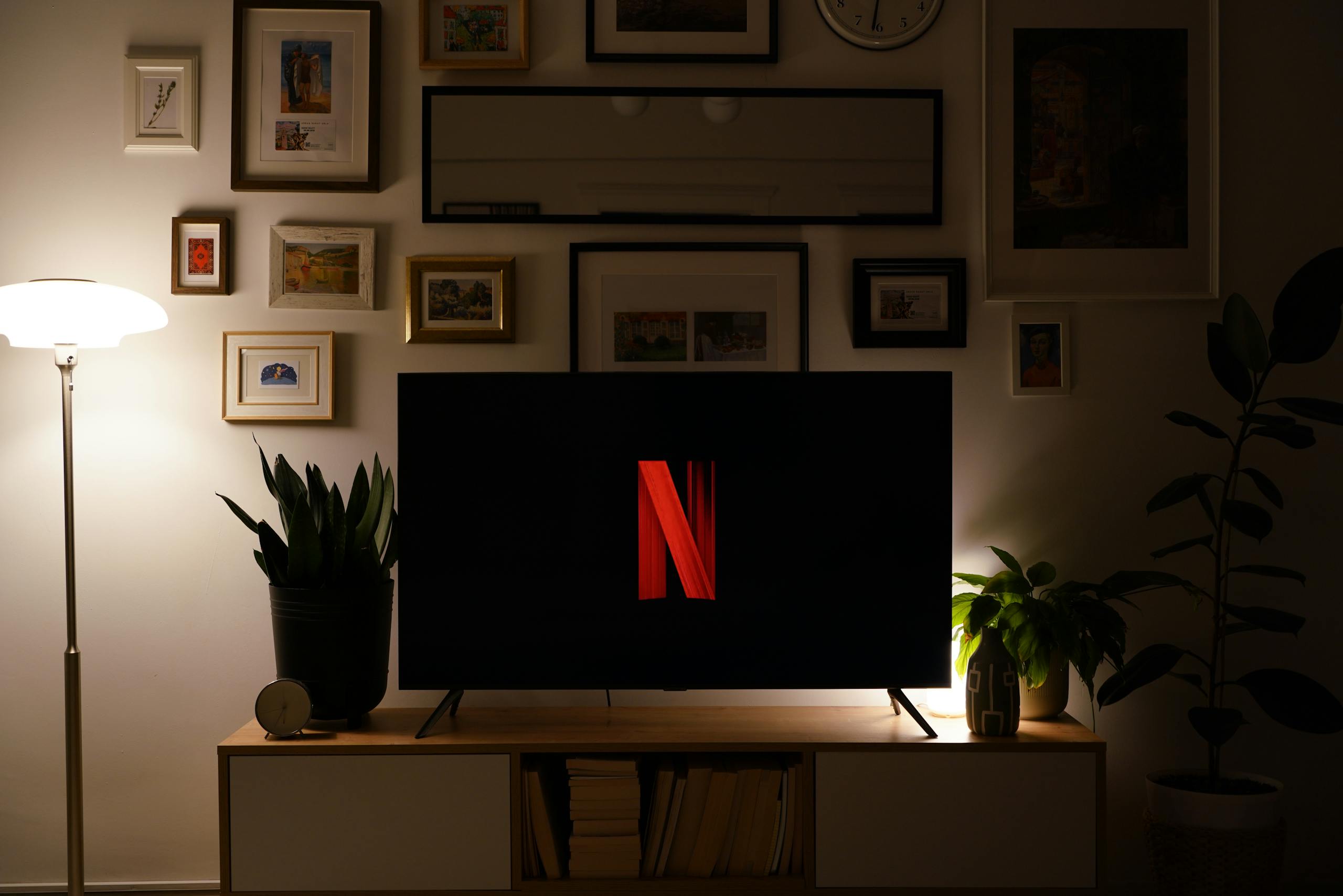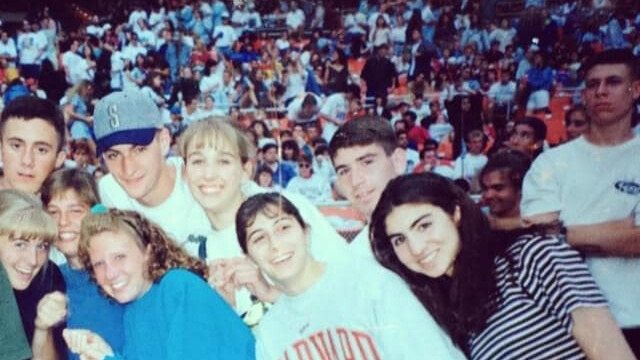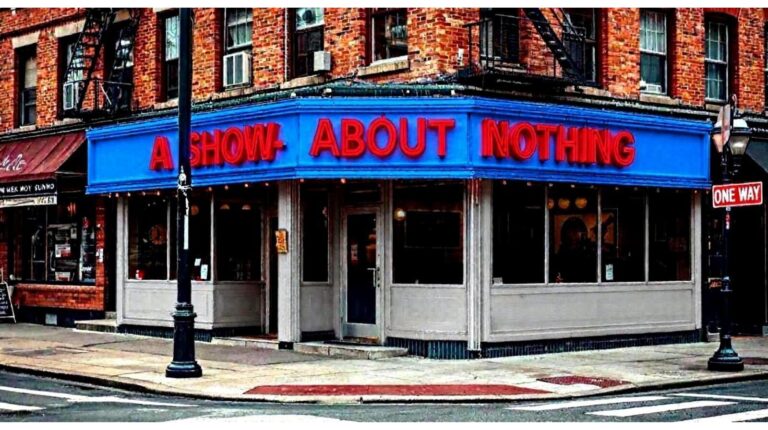As an Amazon Associate, I earn from qualifying purchases. This post may contain affiliate links.
Books to Screen: When Stories Get a Second Life
Some stories are too timeless to stay on the page. Every generation finds its own version of Anne of Green Gables, Little Women, or Lord of the Flies, and each retelling tends to reflect the world it’s born into — everything from story themes to aesthetics.
It’s proof that good stories don’t age; they adapt.
When Netflix announced Anne with an E in 2017, I wasn’t sure what to think. As a kid, I adored the Anne of Green Gables mini-series with Megan Follows and Colleen Dewhurst — so much that I watched it multiple times, back when “on demand” meant hoping PBS reran it.
The 2017 reboot felt more modern, darker in tone, and grounded in emotional realism … and I was surprised by how quickly I fell for it. It was new without losing what made Anne Anne.
Did you know? The first screen adaptation of Anne of Green Gables was a silent film released in 1919, now considered lost to time.
That’s the magic of great adaptations. They honor the spirit of the original but aren’t afraid to show its cracks and let characters be imperfect, emotional, and human. Whether it’s Anne, Jo March, or Frodo Baggins, their journeys remind us that independence and growth are messy but worthwhile.
Some of my earliest adaptations were VHS rentals like Swiss Family Robinson, Lord of the Flies, and later, The Lord of the Rings trilogy in theaters.
Another beloved novel of mine, Little Women by Louisa May Alcott, has been rebooted twice with success: once for Gen X in 1994, and again in 2019 with Gen Z in mind (though I can attest that older generations enjoyed Greta Gerwig’s artistically-directed version, too).
Those stories lived on because they evolved with us. And now, new generations are finding them again, discovering courage, curiosity, and resilience in the same characters who shaped us.
Of all the stories that have made that leap, Anne Shirley’s world stands out as one that’s been retold with every generation.
From Page to Screen: Anne of Green Gables to Anne with an E

Before Netflix ever dreamed up Anne with an E, many of us had already met Anne Shirley through L. M. Montgomery’s original words, or through the 1980s miniseries with Megan Follows and Colleen Dewhurst. My own introduction came through a paperback: a forest-green edition that felt timeless even then.
So, like I said earlier, when Netflix announced its reimagining of Anne of Green Gables, I didn’t know what to think, and … I’ll admit I was skeptical.
The original miniseries was perfect, or at least it felt that way to the kids who watched it on VHS, over and over, long before on-demand streaming.
But Anne with an E surprised me. It didn’t try to replace the original; it deepened it. The themes of belonging, self-worth, and independence that always defined Anne were explored through a more modern, socially aware lens. And it worked.
It reminded me that timeless characters can grow with each generation, without losing what made them special in the first place. The stories change, but the feeling stays the same … the ache for adventure, the humor in being misunderstood, the joy of finding your place in the world.
The Revival Effect: Why We Keep Watching
Every generation has its reboots. They’re the stories we already know, told again through a slightly different lens. For me, it started with Anne with an E. I’d loved the 1980s miniseries and thought nothing could touch it. But the Netflix version proved something important: a reboot doesn’t have to replace the original; it can reintroduce it.
Some reboots and revivals nail that balance. The Wonder Years‘ reimagining added a new cultural perspective without losing the heart of the story. The Lord of the Rings trilogy still stands as one of the best adaptations ever made. Star Trek: The Next Generation built a fresh fan base that has also embraced newer spin-offs.
Others, like Fuller House or The Hobbit, missed the mark, which is proof that nostalgia alone can’t carry a story if the tone doesn’t fit.

I usually watch out of nostalgia, that pull to revisit something familiar, but I stay when the storytelling feels honest and curious.
It’s what makes me both excited and skeptical about the upcoming Harry Potter series for HBO Max.
The best revivals respect what came before, while giving us something new to see: a tone, a texture, a perspective we didn’t realize was missing.
When a reboot works, it reminds us why the story mattered in the first place.
Why Reboots Keep Us Coming Back
We don’t necessarily revisit old stories just to see what’s changed (though, I’ll admit I’m watching for that, too). We come back to remember who we were when we first met them.
Each reboot or revival gives us a chance to reconnect and see familiar faces with new eyes, or to hear old lines echo through fresh voices.
Anne with an E, The Wonder Years, even the latest Star Trek spinoff — they work when they remember that nostalgia isn’t about perfection. It’s about recognition. The heartbeat of something we loved, remade for the world we live in now.
Because maybe that’s the real reason we keep watching: not to relive the past, but to feel a little less far from it.







